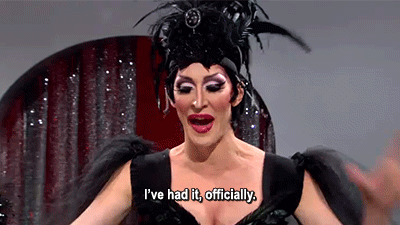Ariel’s Notes: I've HAD IT with the solo development director model for nonprofits
🚨 I've HAD IT with the solo development director model for nonprofits. 🚨
It's a scarcity-driven choice that looks economical up front, but actually holds small nonprofits back from the stability and growth they seek.
I've worked with 135+ small-to-midsize nonprofits over the last 20+ years. I can count on one hand the number of times I've seen this model even come close to delivering the results that EDs and boards expect. And that includes my own stints as a solo shop runner (cringe).
Why? Two huge reasons stand out (among many others).
For one, development is not a monolith. Different types of fundraising rely on very different activities and skills to move them forward.
The skills needed for grantwriting are wildly different from those needed for direct response and grassroots donor base-building. Which are wildly different from the skills needed to succeed in relational corporate & major donor giving. And so on and so forth.
Most people are great at the skills required for one of the big lanes of fundraising - or two, if they're really outstanding. Expect one person to do everything, and they'll succeed at none. And to get from the startup phase to the growth phase, you need to succeed at more than one.
Second, even with limited focus areas, solo development directors are constantly flitting between strategic and operational concerns.
The result? Entropy. Switch back and forth between the clouds and the weeds enough and you end up adequately resourcing neither of them, and your capacity shrinks over time.
This is especially challenging for young nonprofits, who often lack other ingredients for success: programs that deliver reliable impact, a well-developed board, solid marketing and community engagement, and sufficient infrastructure and technology.
So what’s an emerging nonprofit to do? Prioritize and outsource.
First, figure out what strategies have the greatest early potential and ruthlessly focus on them. For example, the average early-stage nonprofit won’t have the board-driven relational heft needed to achieve liftoff with corporate fundraising. For them, trying to build a full corporate program too early with too small a staff can starve a promising individual giving effort.
Second, figure out what can be outsourced and delegated. Many young nonprofits relieve the burden on solo development staff by working with contractors for social media and email marketing, grant writing, and data management. Frankly, a lot of mid-lifecycle organizations should be doing this too.
The answer that will move you to the next stage of growth will look a little different for each organization. But we know what it isn’t - the ludicrous expectation that one development staff member can do everything everywhere all at once.
This blog post was authored by Common Great CEO and Founder, Ariel Glassman. Learn more about Ariel here and click here to book a Power Session with her. A Power Session with Ariel is a 90-minute, on-demand meeting that can be used to address your nonprofit’s priorities, ask questions, discuss barriers, and more.

